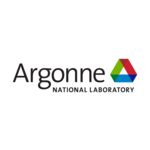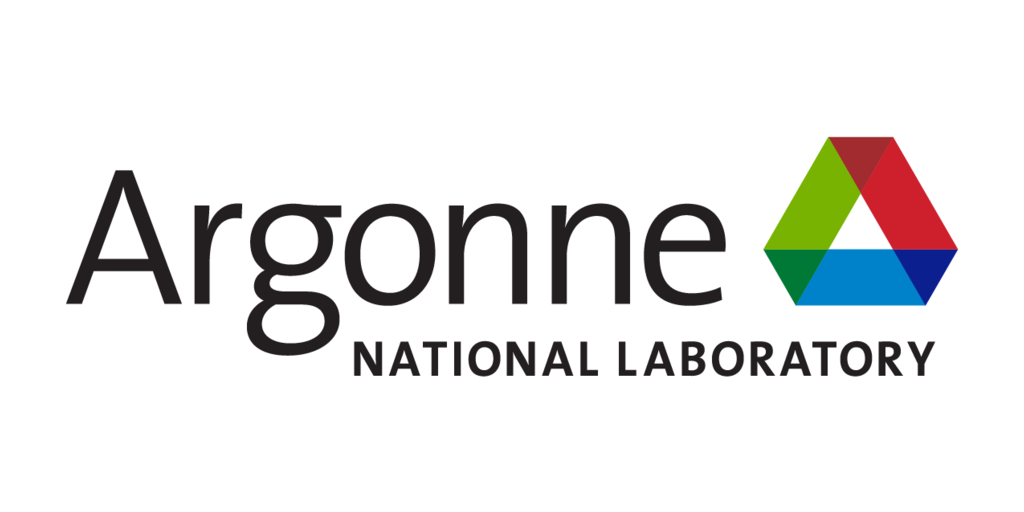LEMONT, Ill.–(BUSINESS WIRE)–Steel has a major impact on everyone’s lives and our economy. It is crucial to cars, trucks, airplanes, buildings and more. However, there is a significant issue with its production process. Globally, it accounts for a large percentage of greenhouse gas emissions from the industrial sector.
The U.S. Department of Energy (DOE) recently announced $19 million in funding over four years for DOE’s Argonne National Laboratory to lead the multi-institutional Center for Steel Electrification by Electrosynthesis (C-STEEL). The center’s charge is to develop an innovative process that would replace blast furnaces in steelmaking and reduce greenhouse gas emissions by 85% by 2035.
C-STEEL is a key project of the DOE’s Industrial Heat Energy Earthshot initiative, which aims to significantly cut emissions from the energy-intensive process of industrial heating. Partners in the center include DOE’s Oak Ridge National Laboratory, Case Western Reserve University, Northern Illinois University, Purdue University Northwest and the University of Illinois Chicago.
The most energy-intensive step in steel production involves converting iron ore into purified iron metal or iron alloys using blast furnaces. This demands temperatures of 2500 to 2700 degrees Fahrenheit, hotter than an erupting volcano.
The team’s electrodeposition process would eliminate or minimize that heat demand. It involves dissolving iron ore in a solution and using electricity to initiate a reaction that deposits a useable iron metal or alloy for steelmaking. The solution is a liquid electrolyte similar to those found in batteries.
The project has three thrusts. Two of them will investigate different processes for electrodeposition. One process will operate at room temperature using a water-based electrolyte. The other will use a salt-based electrolyte and will function at temperatures 1800 to 2000 degrees F below current blast furnaces. The energy for this process is low enough that it could be provided by renewables or waste heat from a nuclear reactor.
A third thrust will focus on gaining an atomic-level understanding of each process. The goal of this thrust is to exert precise control over both the structure and composition of the metal products so that they can be incorporated into existing downstream processes of steelmaking.
Each thrust will incorporate an artificial intelligence based platform to ensure a unified approach to electrolyte design. To that end, C-STEEL will be drawing upon the world-class computational resources of two Leadership Computing Facilities, one at Argonne and the other at Oak Ridge.
Contacts
Christopher J. Kramer
Head of Media Relations
Argonne National Laboratory
media@anl.gov
Office: 630.252.5580
- SEO Powered Content & PR Distribution. Get Amplified Today.
- PlatoData.Network Vertical Generative Ai. Empower Yourself. Access Here.
- PlatoAiStream. Web3 Intelligence. Knowledge Amplified. Access Here.
- PlatoESG. Carbon, CleanTech, Energy, Environment, Solar, Waste Management. Access Here.
- PlatoHealth. Biotech and Clinical Trials Intelligence. Access Here.
- Source: https://www.fintechnews.org/department-of-energy-funds-new-center-at-argonne-for-decarbonization-of-steelmaking-reimagining-the-steel-production-process/
- :has
- :is
- 1800
- 2000
- a
- Accounts
- aims
- Airplanes
- Alloy
- an
- and
- announced
- approach
- At
- based
- batteries
- BE
- below
- both
- business
- Business Wire
- by
- CAN
- cars
- case
- Center
- charge
- chicago
- Christopher
- composition
- computing
- control
- converting
- could
- crucial
- Current
- Cut
- decarbonization
- Demand
- demands
- Department
- deposits
- Design
- develop
- different
- doe
- drawing
- each
- economy
- electricity
- electrolyte
- eliminate
- Emissions
- end
- energy
- enough
- ensure
- everyone’s
- existing
- facilities
- Focus
- For
- found
- four
- from
- function
- funding
- funds
- gaining
- GAS
- Globally
- goal
- However
- HTTPS
- illinois
- Impact
- in
- include
- incorporate
- Incorporated
- industrial
- initiate
- innovative
- into
- investigate
- issue
- IT
- ITS
- jpg
- Key
- laboratory
- large
- lead
- Leadership
- Liquid
- Lives
- Low
- major
- Media
- metal
- million
- more
- most
- National
- New
- nuclear
- oak
- Oak Ridge National Laboratory
- of
- on
- ONE
- operate
- or
- Other
- our
- over
- partners
- percentage
- platform
- plato
- Plato Data Intelligence
- PlatoData
- precise
- process
- processes
- Production
- Products
- project
- provided
- reaction
- reactor
- recently
- reduce
- Renewables
- replace
- Reserve
- Resources
- Room
- s
- sector
- significant
- significantly
- similar
- So
- solution
- Step
- structure
- than
- that
- The
- Them
- There.
- they
- Third
- this
- those
- three
- thrust
- to
- Trucks
- two
- u.s.
- understanding
- unified
- university
- upon
- use
- using
- volcano
- Waste
- Western
- which
- will
- Wire
- with
- world-class
- would
- years
- zephyrnet














